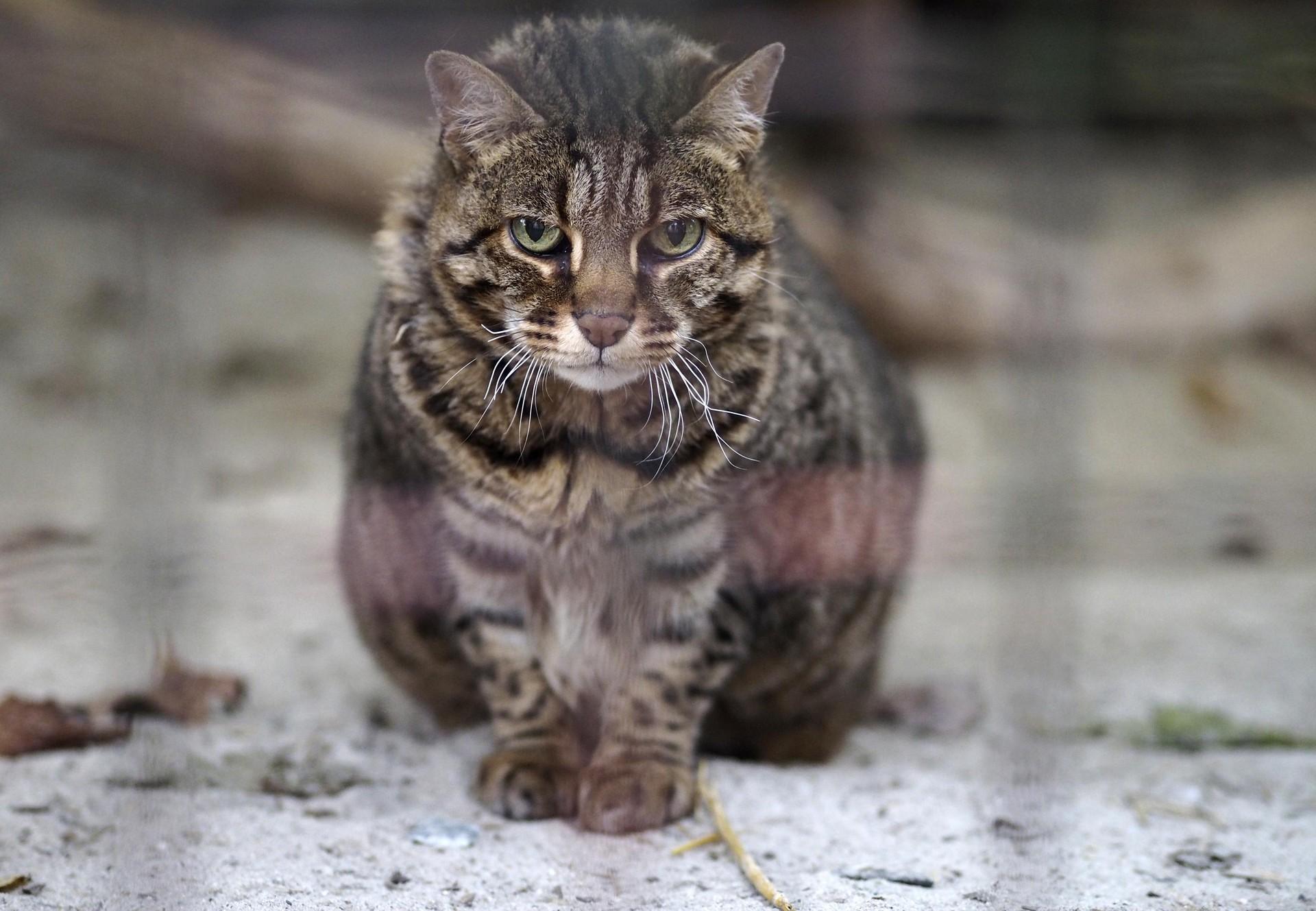
Cats and Their Hunting Behaviour
Understanding typical actions of your pet
The original reason for the domestication of cats was to protect food supplies from rodents. Although this is no longer required of the majority of cats, hunting remains a permanent part of their lives. As regards motivation, along with the urge to procreate and to defend their patch, the hunting instinct is one of the most distinctive behavioural patterns in cats. The desire to hunt is not governed by hormones and therefore does not diminish after neutering.
Being strictly carnivorous, in the wild cats feed on the flesh of the prey they have killed and on the vegetable content of its stomach. The importance of hunting even to a cat that is fed becomes easy to understand once we take a closer look at its anatomy and sensory organs.

The hunter in your home
Even if cats that are fed hunt less than those who have to hunt to survive, the feeling of being full and well fed does not cause a cat to give up hunting altogether. It finds the activity itself so exciting and rewarding that it continues to hunt even when it has no need to.
This is why a well-fed cat will often kill its prey and leave it. When living with a cat, we have to accept this trait as one of its primary needs and should on no account prevent it. Cats engage in three to ten hours a day of typical hunting behaviour (locating prey, lying in wait, pouncing, killing), and this should be borne in mind when keeping domestic cats.
Did you know?

Many aspects of a cats daily behaviour show how important hunting is to it. Learn more below!
Hunting behind the window
A cat sees a bird through the window. Even if it can only watch the bird through the glass, it switches immediately to hunting mode, making a chattering sound caused by special jaw movements.
Changing its food
We all know this situation – from one day to the next, a cat refuses its favourite food. One possible explanation is that it naturally changes its prey from time to time in order to avoid becoming dependent on a single species – a fixation that would lead to the cat starving if that species were ever to be in short supply. Cats have retained this mechanism despite being cared for by humans.
Hunting play
When a cat is playing, it can clearly be seen tossing into the air any toys that are lying around or rolling them back and forth along the ground. It also deliberately stows them away under a box etc. and then later – even a few days later – comes back and waits patiently in front of the box, fishing at this hiding place with its paw. Likewise, feral cats will return again and again to familiar mouse holes and sit in front of them. It would therefore seem that these are more than just innocuous games – the cat is engaging in hunting behaviour.
Playing with its prey
One theory is that a cat does this to protect itself from the sharp incisors of its prey. However, some researchers see it as stemming from the pent-up hunting instinct of domesticated cats. The latter explanation is supported by the fact that such behaviour is not found in wild cats or feral cats, with the sole exception of mothers bringing their young living prey in order to train them as hunters.
Licking fabric
Over and over again, we see cats pulling strands out of a frayed toy (be careful with such toys – swallowing the fringes can be life-threatening for a cat!) or busily licking other playthings made of fabric. Both activities are part and parcel of the animal’s natural hunting behaviour. Before a cat can get at a bird’s flesh, there are feathers to be torn out. It also uses its sharp tongue to tear away some of its prey‘s skin.
The above examples demonstrate clearly that even an indoor cat that is not constantly confronted with stimuli prompting it to pursue and catch prey has within it the hunting instinct and the desire to act on it.
To keep a cat in a manner consistent with its needs and avoid behavioural problems, it is therefore very important to channel the hunting instinct into constructive play.

